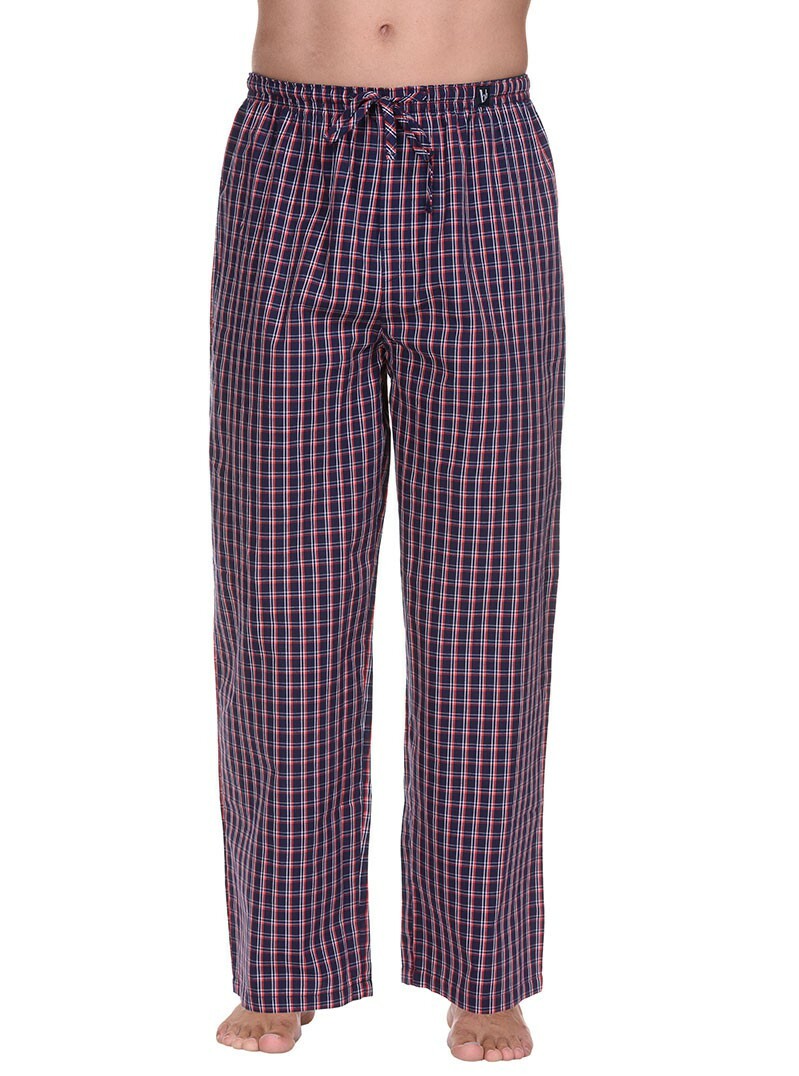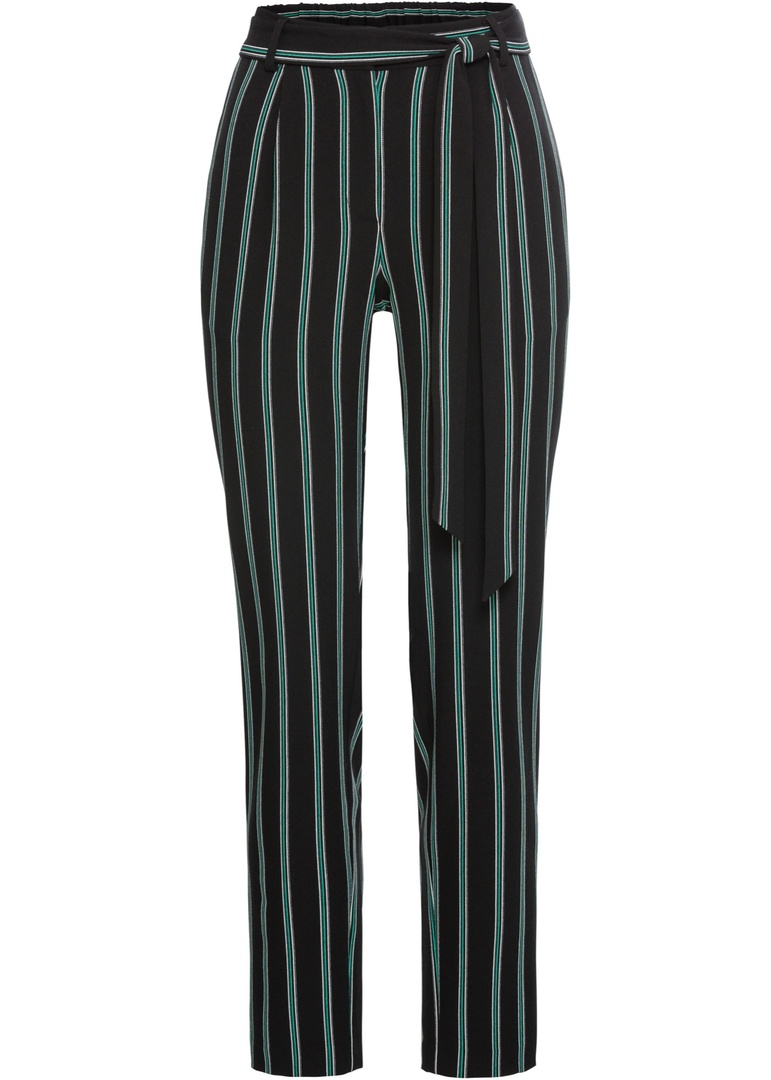There are textiles, which, in addition to decorative functions, do not bear virtually no additional properties. The most striking of their representative can rightly be called lace. They are used in the design of various items of clothing, and for the manufacture of individual things. It is very popular today, like many years ago, such curtains, napkins and tablecloths. Collected here are 7 facts and interesting stories about the lace.

Despite the fact that today the most famous center for the production of weaving techniques and honing Lace is a Belgian city of Bruges, the story of the product emergence began in the era of Italy Renaissance.

Here they are used to give special chic dresses nobility and thanks to the incredible popularity spread abroad.
One of the countries where the lace products exported from several European countries at the time, was Russia. Vologda city at that time was an important point on the trade route to the capital, and that is where there was the famous "musical" lace.
A few interesting facts:


- One of the most famous museums of lace was opened in 1972 in Bruges. There collected various artifacts produced by sewing or weaving techniques. Are products made using gold and silver thread, which not only makes thing more expensive, but I gave her the necessary noble appearance.
- A similar museum is also in Vologda. It is dedicated to the most amazing job with this fine textiles. Here you can even see the lace wedding dressWhich donated the bride herself. His stitched a half years, she and her mother, making up from start to finish the whole design and patterns.
- Starting from the XVII century French nobles became very often decorate their costumes such diverse patterns. They are so accustomed among high society, that even in carriages and objects palace interiors masters began to use elements of a complex patterned tie.
- This is one of the most sustainable forms of progress crafts. To this day, you can get top quality work in any, even the most ancient machine. It will not be different from those made in the more modern counterparts.
- In the past, instead of pins used for weaving small fish bones.
- TAT - not only women's work. So, at the beginning of the twentieth century Vologda employed about 250 masters male.
- Vyatskie products can be distinguished by the use of blue thread. This weave is often called cubes.
Today, these textiles are popular as never before. Beautiful and seductive lingerie is difficult to imagine without the lace motifs and curtains and tablecloths re-enter into the traditional household items. Therefore needlewoman engaged in weaving, again in great demand.


